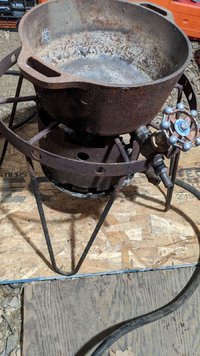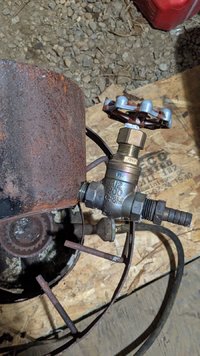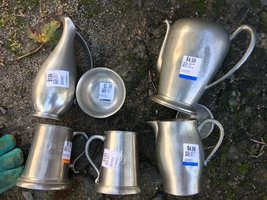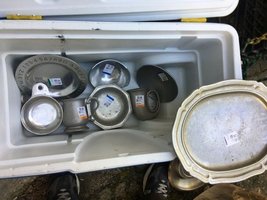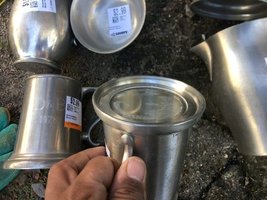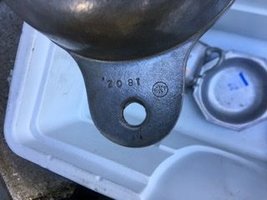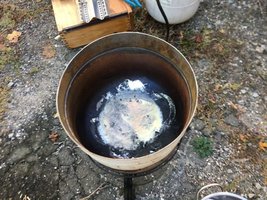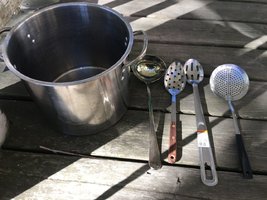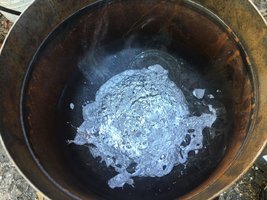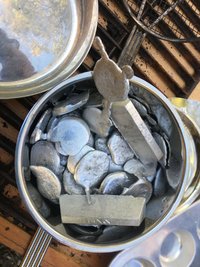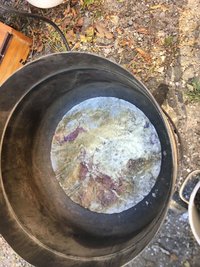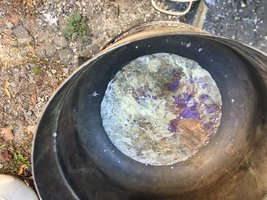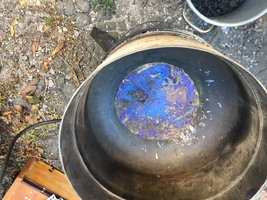Pastera pointed out something to me in a private message that I think would be helpful to anyone else following this thread:
A heel is the metal left in the crucible (melt pot) after a melt.
The idea is that it covers the entire bottom of the pot so heat is transferred as fast as possible but it is thin so it goes liquid quickly. This small amount of liquid then increases the surface area of heat transfer to new ingots (items) on top of the heel.
A heel is the metal left in the crucible (melt pot) after a melt.
The idea is that it covers the entire bottom of the pot so heat is transferred as fast as possible but it is thin so it goes liquid quickly. This small amount of liquid then increases the surface area of heat transfer to new ingots (items) on top of the heel.

